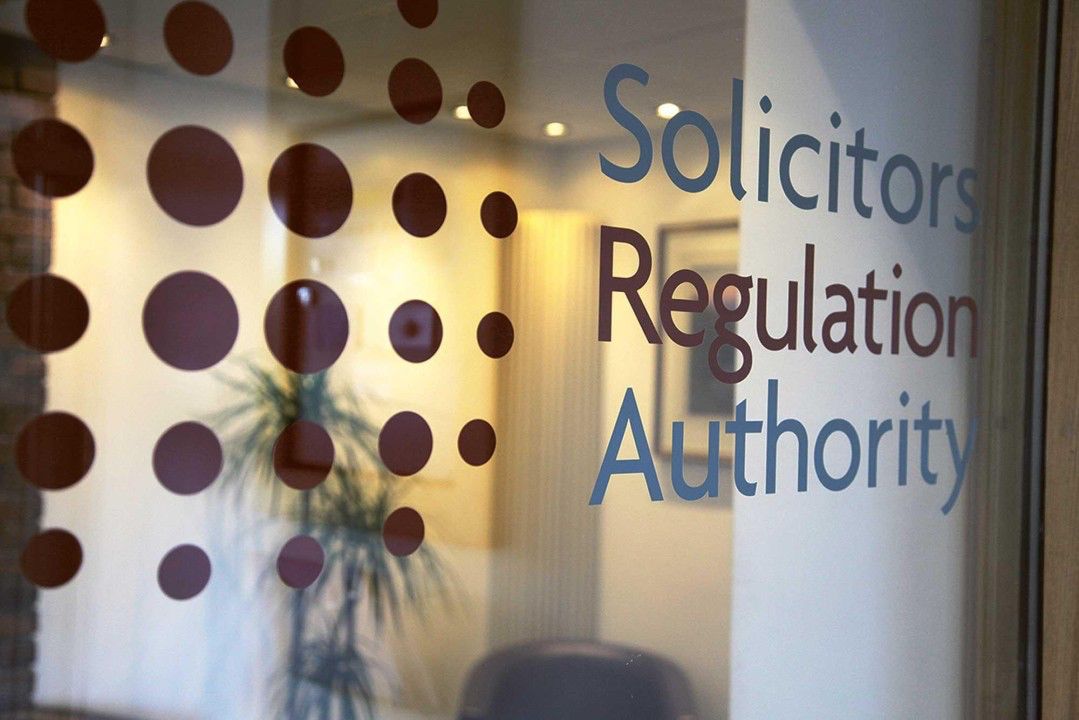As part of Verify 365 Digital Onboarding Technology anti-money laundering (AML) measures in property transactions, there may be instances where “red flags” or “advisory notes” are raised during the digital biometric ID and AML checks, indicating that a buyer may be a “high-risk” client.
As legal professionals involved in property transactions, it is crucial to be aware of the reasons why a homebuyer may have red flags as this will allow you to effectively manage any potential risks associated with the transaction and ensure compliance with AML regulations.
Here are some of the reasons why a homebuyer may have red flags in their AML checks using Verify 365:
Unusual Payment Method
If the buyer is using an unusual payment method, such as cash or cryptocurrencies, it can raise suspicions of money laundering. Similarly, if they are using a third-party payment platform or transferring money from overseas, it can raise concerns about the legitimacy of their funds.
High-Value Transactions
If the buyer is involved in high-value transactions, it can raise suspicions of money laundering. Therefore, if they are buying a property worth a significant amount, it can raise concerns, especially if they cannot provide a clear source of funds.
Remote Property Purchases
If the buyer is purchasing a property without viewing it in person, it can raise red flags. This is because criminals often use remote property purchases to launder money.
Overseas Funds
If the buyer is using overseas funds to buy a property, it can raise red flags. This is because criminals often use offshore accounts to launder money.
Lack of Documentation
If the buyer cannot provide sufficient documentation to support the source of their funds, it can raise red flags. For instance, if they cannot provide bank statements or other documents to prove where their funds came from, it can indicate that they may be involved in illegal activities.
As legal professionals, it is your responsibility to ensure that property transactions are carried out in compliance with AML regulations. Therefore, if red flags are raised during the AML checks using Verify 365, it is essential to take appropriate measures to manage the risks associated with the transaction. This may include requesting additional documentation to support the source of funds or engaging in further due diligence to ensure that the buyer is a legitimate client.
Being aware of the potential reasons for red flags in AML checks using Verify 365 can help legal professionals effectively manage any risks associated with property transactions.
By ensuring compliance with AML regulations, we can protect our clients and safeguard the integrity of the property market.






